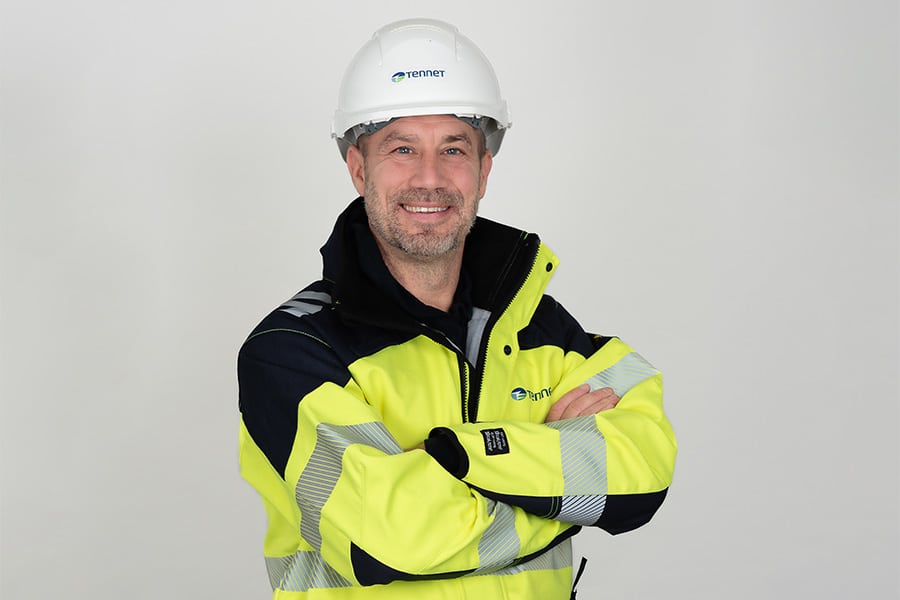
Science calls for rapid, widespread adoption of low-carbon cement technology
New scalable technology offers opportunity for drastic reduction in CO2 even before 2030
A group of 11 leading materials scientists emphasized the urgent need for the cement and construction industry to implement technology for large-scale production of low-carbon cement. It did so at an international scientific symposium in Paris. According to the materials scientists, this is the only way to drastically reduce CO2 emissions from both sectors. Cement accounts for nearly 8% of global CO2 emissions - more than shipping, aviation and freight transportation combined.
"The urgency of developing and deploying low-carbon cements is no longer in question." So says Mohend Chaouche, research director of CNRS, ENS Paris-Saclay, Laboratoire Mécanique de Paris-Saclay. He is one of 11 materials scientists from renowned universities worldwide who met Nov. 9-10 in Paris to juxtapose and discuss the latest research papers on low-carbon cement technology. The focus was on ideas and materials to accelerate the decarbonization of the construction industry. The World Economic Forum predicts that demand for cement could increase as much as 45% by 2050. According to scientists, effective solutions are urgently needed if the construction sector is to meet the agreed 1.5˚ standard. Adopting the latest technological developments for low-carbon cement, they say, is the fastest and most scalable way to achieve significant emission reductions in the cement and construction industries before the end of 2030.
Use of local raw materials
During the two-day event, scientists reviewed new evidence on the use of alternative materials that reduce the volume of clinker, the most polluting ingredient in cement. They assessed the replacement of clinker with a wide variety of locally sourced filler materials and natural supplementary cementitious materials (SCMs). The 11 scientists collectively drafted a call to action on decarbonization of the construction industry stating that "it is no longer possible to say that we lack the technology or that the cost is prohibitive. Materials science has advanced to a point where rapid decarbonization of cement without prohibitive costs is now a reality. "Low clinker technologies developed and validated in the laboratory can now be deployed without scientific or technical barriers. These technologies represent an important step toward reducing CO2 emissions ahead of the industry's 2030 roadmap," said Professor Martin Cyr of the University of Toulouse, Laboratory of Materials and Sustainability of Structures.

Greatly reduced water use
One of the drivers of this progress is ACT, a technology developed by Ecocem, an Irish cement producer with operations in the Netherlands, France and the UK. The ACT technology it has developed can reduce cement emissions by 70%, while the concrete being produced retains its workability, strength and durability, with the added benefit of using substantially less water and energy. ACT is globally scalable due to its compatibility, with a wide variety of locally available filler materials and natural SCMs, and can be produced in existing cement plants without excessive investment.
Accelerate regulation
Donal O'Riain, founder and managing director of Ecocem, is very clear about this technology and the opportunities it offers. "The widespread adoption of ACT technology enables the cement industry to dramatically reduce its global emissions quickly and cost-effectively. Governments must accelerate regulatory opportunities to ensure that low-carbon cement technologies can be more widely used and that investments are made available to accelerate the industrial rollout of these new technologies. I urge the cement industry to move faster. We have the opportunity to be the first industrial sector to meet a 50% reduction in emissions by the end of 2030. The technology is available to decarbonize the entire cement sector in line with limiting global warming to 1.5°C. It is now our responsibility to ensure that this actually happens."
Heeft u vragen over dit artikel, project of product?
Neem dan rechtstreeks contact op met Ecocem.
 Contact opnemen
Contact opnemen




